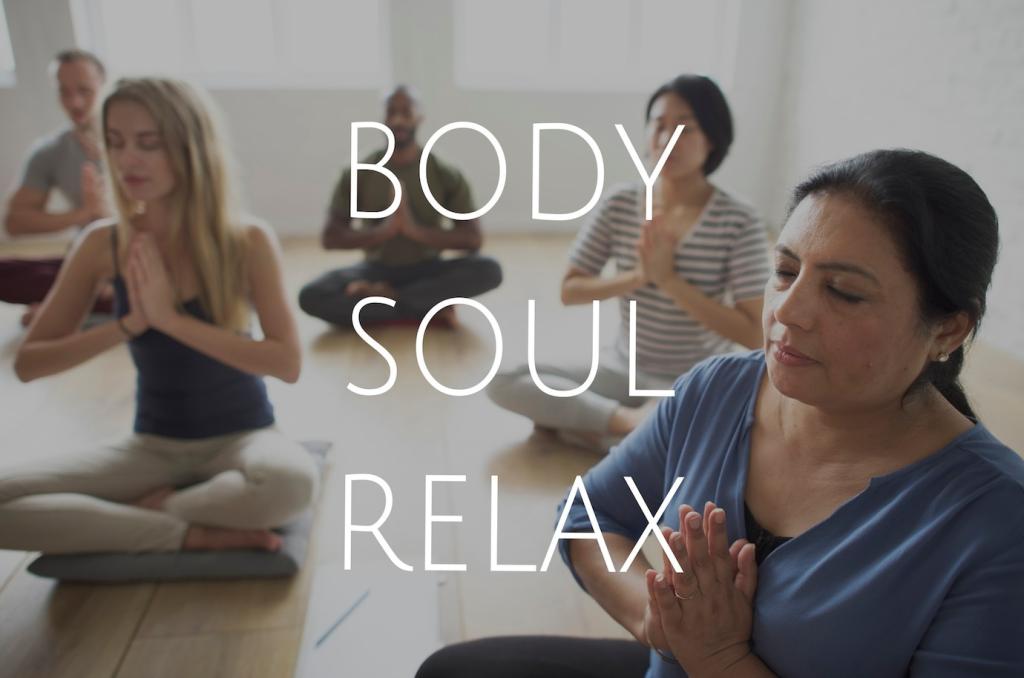Welcome—today’s focus is Breathing Techniques in Guided Meditation for Beginners. We’ll explore simple, science-backed ways to breathe with ease, settle your nerves, and build a gentle practice you’ll actually look forward to. Ready to start? Breathe in, slowly.


Why Breath Leads the Journey
Slow, steady breathing can stimulate the vagus nerve, easing your stress response and nudging your heart rate toward balance. Beginners often notice a clearer mind and softer muscles after just a few minutes of guided practice.
Why Breath Leads the Journey
Maya tried her first guided session after a frantic day. By simply counting slow nasal breaths, she felt her shoulders drop and jaw unclench. She returned the next morning, surprised that calm could be this quiet and this close.
Setting Up: Posture, Space, and Safety
Comfortable Alignment
Sit upright with relaxed shoulders and a long neck, or recline if needed. Let your belly soften so the diaphragm can move. Beginners benefit from a cushion or chair support to prevent strain and encourage steady breathing.
Gentle Safety Notes
If you feel dizzy, shorten the breath count or pause. Keep breathing gentle, not forced. If you have respiratory or cardiovascular concerns, choose mild patterns and consult a professional before trying advanced techniques or longer holds.
Create a Ritual
Dim the lights, silence notifications, and set a simple intention: “I will breathe with kindness.” Keep a glass of water and a small journal nearby. Tell us your ritual in the comments and inspire another beginner.

This is the heading
Lorem ipsum dolor sit amet, consectetur adipiscing elit. Ut elit tellus, luctus nec ullamcorper mattis, pulvinar dapibus leo.

This is the heading
Lorem ipsum dolor sit amet, consectetur adipiscing elit. Ut elit tellus, luctus nec ullamcorper mattis, pulvinar dapibus leo.

When the Mind Wanders
Notice the thought, label it kindly—“planning,” “remembering,” or “worrying”—then escort attention back to the breath. Each return strengthens your practice. Share a wandering-mind moment and what helped you come back.
Working with Sensations
Sense cool air at the nostrils, the wave of the belly, the sigh of the exhale. Treat sensations like gentle landmarks, not targets. Guided prompts can point, but your direct experience leads the way.
Supportive Self-Talk
Use soft inner cues like “inhale, receive” and “exhale, release.” Friendly language reduces pressure and keeps breathing natural. Comment with a personal cue that calms you; your words might help another beginner.
Common Pitfalls and Easy Fixes
If you feel buzzy or lightheaded, you may be breathing too forcefully. Shrink the breath to quiet, comfortable sips. Keep the mouth soft and the pace unhurried until the body feels stable again.
Common Pitfalls and Easy Fixes
Perfection makes the breath stiff. Aim for curiosity instead: “What does a kind inhale feel like?” Treat every guided cue as an invitation. Consistency and comfort matter more than flawless counts.


Make It a Habit You Love
Two-Minute Starts
Begin with two minutes after waking: sit, soften the belly, and follow a simple count. Small, repeatable doses beat long, sporadic sessions. Tell us when you like to practice—morning, midday, or night?
Track and Celebrate
Use a habit tracker or journal to note duration, mood, and a favorite cue. Recognition fuels motivation. Subscribe for weekly prompts and printable check-ins tailored to beginners’ breathing techniques.
Find Your Community
Invite a friend to try a short guided track and compare experiences. Post your reflections in the comments. Shared practice keeps you accountable, encouraged, and curious about your evolving breath.
